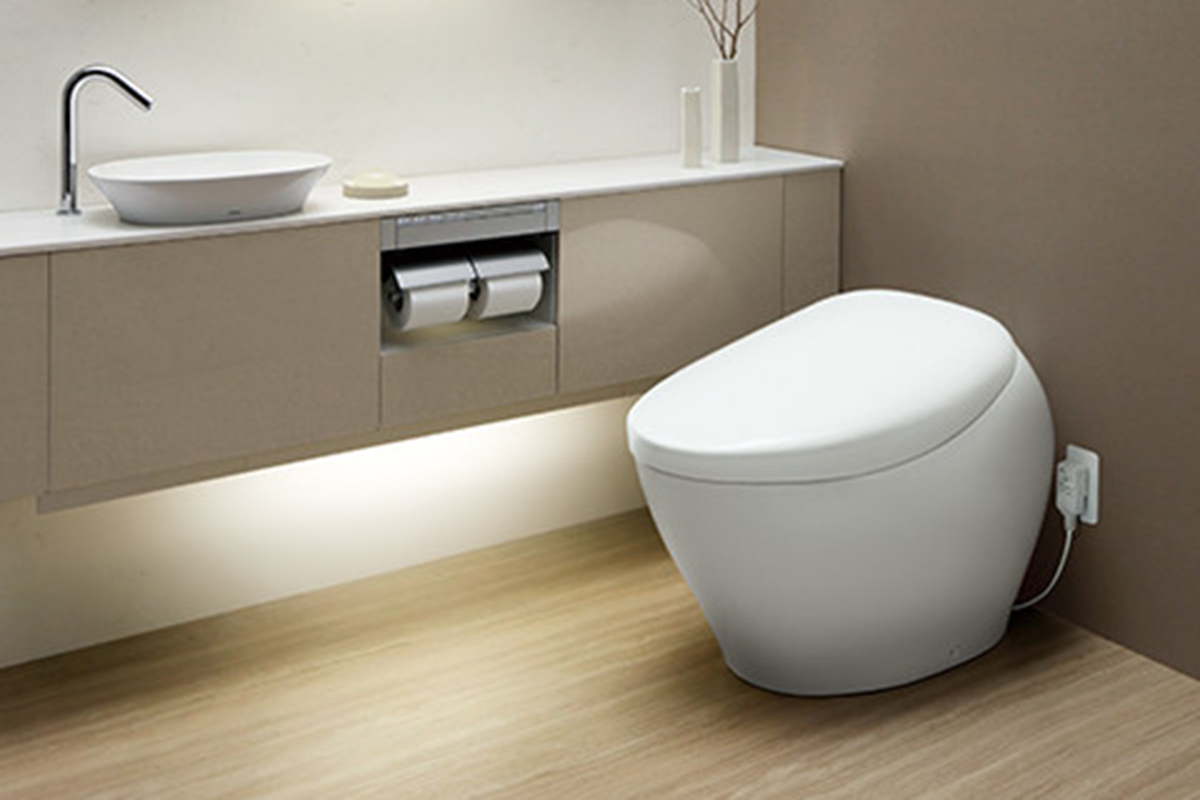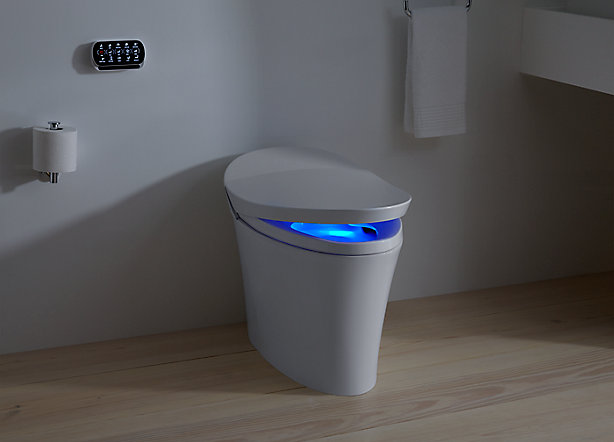In the dynamic realm of bathroom innovation, the toilet with built-in bidet sprayer is capturing widespread interest. As personal hygiene remains a top priority, the need for effective and modern solutions in bathroom design is booming. These advanced toilets not only enhance cleanliness but also provide a more eco-friendly and comfortable experience.
For professionals in the industry and quality assurance experts, grasping the finer points of these cutting-edge innovations is essential. The incorporation of bidet capabilities within toilets caters to varying consumer demands, ranging from improved hygiene to environmental sustainability. This article will explore the features, advantages, and repercussions of toilets equipped with built-in bidet sprayers, illustrating why they're becoming a fixture in modern bathrooms.

The Surge of Bidet Sprayer Toilets
The idea behind a bidet sprayer isn't groundbreaking; however, its union with toilet systems is a relatively modern development that mirrors shifting consumer desires. The global focus on hygiene, intensified by recent public health challenges, has thrust the bidet toilet into the limelight. These toilets offer a more comprehensive cleaning experience when compared to traditional toilet paper, which often fails to achieve optimal cleanliness.
In addition, the ecological advantages are considerable. By lessening dependence on toilet paper, these toilets help decrease deforestation and water pollution linked to paper manufacturing. Quality assurance professionals have noted the increasing trend of homeowners and businesses gravitating towards these sustainable options, which you can read more about in our article on bidets for zero waste.
Features of Toilets with Built-in Bidet Sprayers
Modern bidet toilets come packed with an array of features aimed at enriching user experience. Essential features include adjustable water pressure, temperature control, and self-cleaning nozzles. Some models even provide personalized settings, enabling users to tailor their cleaning preferences.
Additionally, many of these toilets feature energy-efficient heated seats, air dryers, and deodorizers, further enhancing comfort and luxury. The rise of smart technology, which incorporates remote controls and touchless operation, is also becoming more prevalent, making these toilets a preferred choice among tech-savvy consumers. For an informative look at smart toilet technology, visit smart toilets.
Implications for Industry QA Professionals
For quality assurance experts, the emergence of the toilet with built-in bidet sprayer presents both opportunities and challenges. Guaranteeing the safety and reliability of these products is crucial. QA teams must implement stringent testing and quality control processes to ensure these toilets conform to industry benchmarks and consumer expectations.
Furthermore, with the integration of smart technology, there is an additional layer of complexity. QA teams must ensure that both software and hardware components function cohesively, delivering a seamless user experience. This involves validating material durability, water efficiency, and cleaning effectiveness.
Consumer Education and Adoption
Although the advantages of bidet toilets are evident, widespread adoption hinges on consumer awareness. Many prospective buyers might not be familiar with the benefits of these systems or might have reservations about their use. It's essential for manufacturers and industry experts to offer clear, informative resources and demonstrations to educate consumers on the merits of these toilets.
Moreover, addressing prevalent misconceptions and concernssuch as perceived complexity in use or maintenancecan alleviate consumer hesitance. By emphasizing long-term cost-effectiveness and environmental advantages, industry professionals can position bidet toilets as a smart investment for both homes and businesses.
The Future of Bidet Toilets in the Industry
As the demand for innovative bathroom solutions persists, the future of bidet toilets appears bright. Industry analysts predict these toilets will increasingly become standard features in new constructions and bathroom renovations. The trend toward smart home technology further supports this development, as consumers are on the lookout for products that provide convenience, efficiency, and sustainability.
For deeper insights into the latest advancements in toilet technology, check out this article detailing cutting-edge innovations. Additionally, for those considering upgrades, our renovation checklist can be an invaluable resource.
Conclusion
The toilet with built-in bidet sprayer transcends mere luxury; it presents a forward-thinking solution that addresses contemporary hygiene and environmental challenges. As industry QA professionals strive to perfect these products and educate consumers, we anticipate a notable increase in the adoption of bidet toilets. By embracing this technology, we can look forward to a future in which bathroom experiences are more hygienic, sustainable, and enjoyable.

FAQs
Are bidet toilets difficult to install?
Most bidet toilets are designed for straightforward installation, with many models offering DIY options. However, for best results, professional installation is recommended.
Do bidet toilets use a lot of water?
Bidet toilets are engineered to be water-efficient. They use significantly less water compared to what's needed for producing toilet paper, making them an eco-friendly option.
Can bidet toilets assist with certain medical conditions?
Absolutely, bidet toilets can provide relief for individuals with specific medical conditions, such as hemorrhoids or mobility challenges, by offering a gentle and comprehensive cleaning experience.
This article contains affiliate links. We may earn a commission at no extra cost to you.






